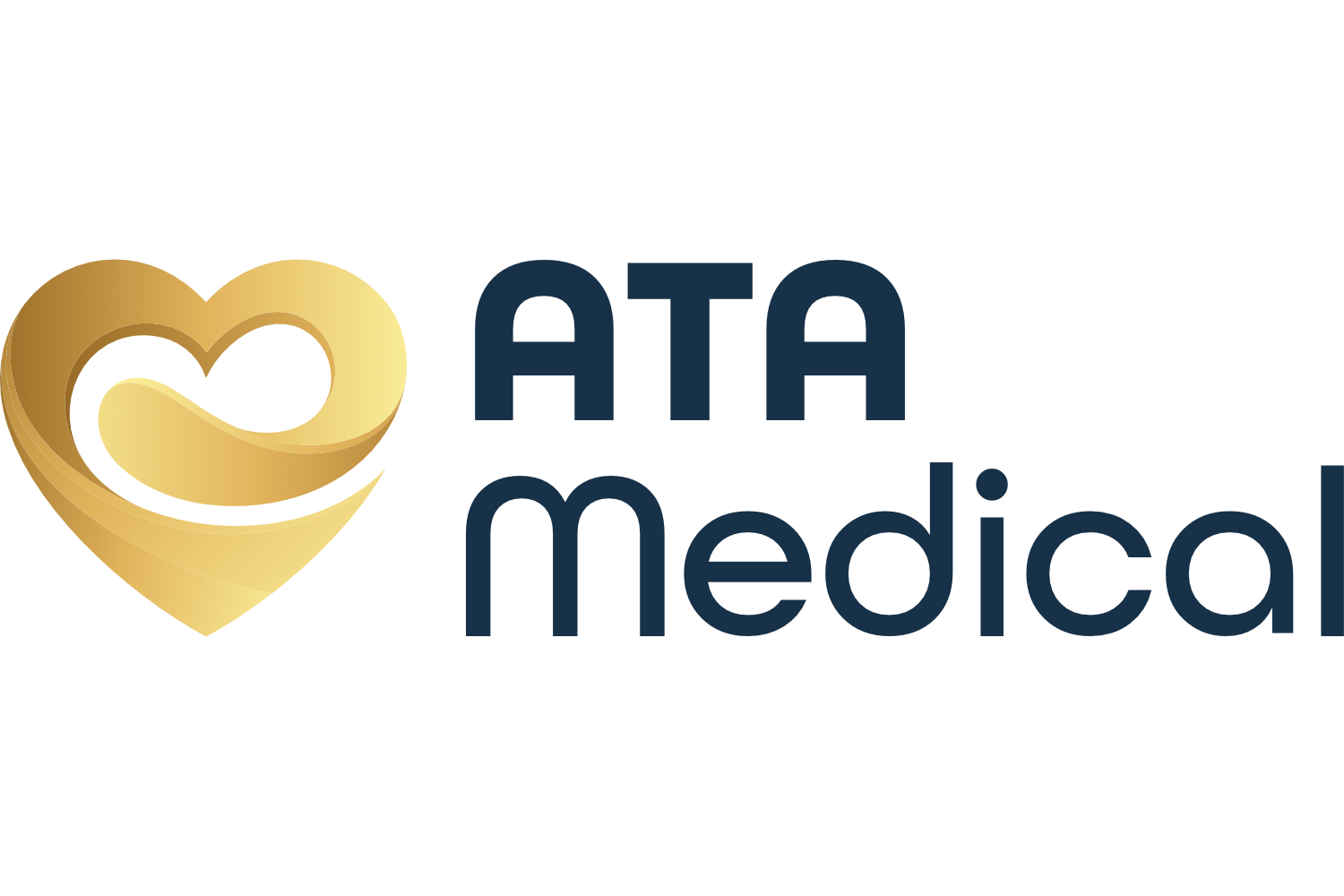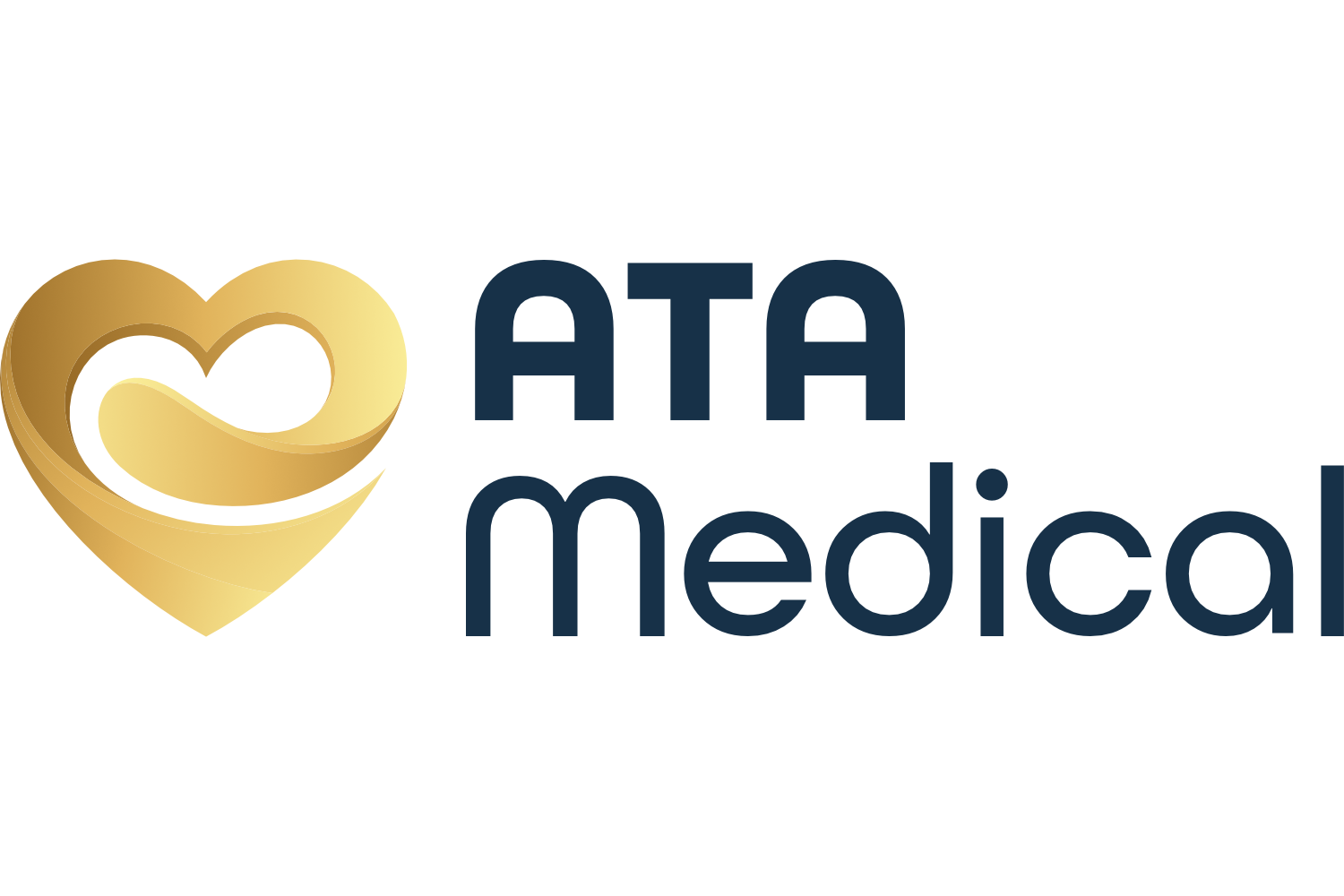What Is the Difference Between a CT Scan and an MRI?
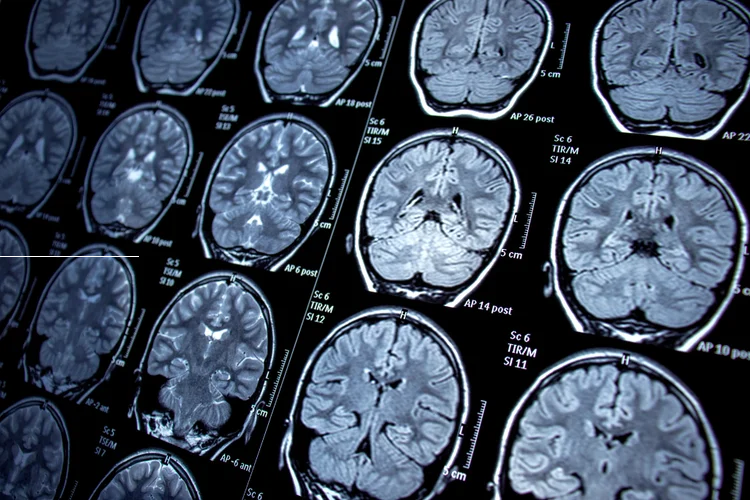
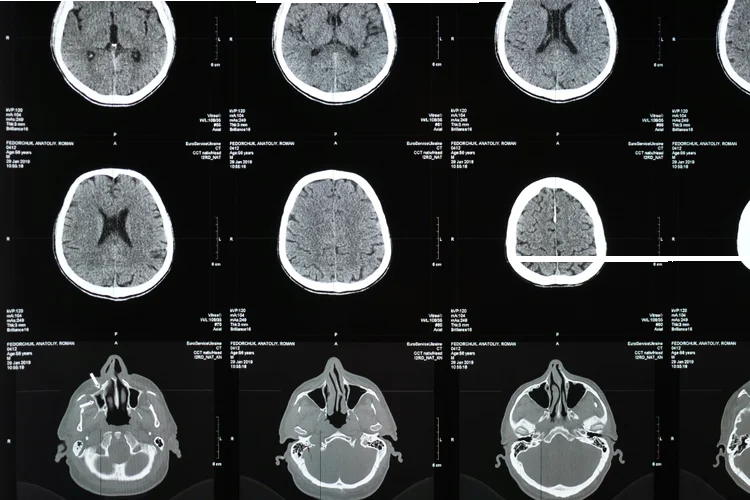
A computed tomography (CT) scan and a magnetic resonance imaging (MRI) scan are two
different imaging techniques used to visualise internal structures of the
body, each suited to specific diagnostic needs.
The key differences between CT and MRI lie in their imaging methods,
duration, suitability, and diagnostic applications.
| Feature | CT Scan | MRI |
|---|---|---|
| Technology | X-rays | Magnetic fields and radio waves |
| Common Uses | Bones, lungs, trauma, bleeding | Brain, spinal cord, joints, soft tissues |
| Cost | Generally lower than MRI | Typically more expensive |
| Duration | Few minutes | 30 – 60 minutes |
| Radiation Exposure | Yes | No |
| Not Suitable For | Pregnancy (due to radiation) | People with metal implants or pacemakers |
What Is a CT Scan and How Does It Work?
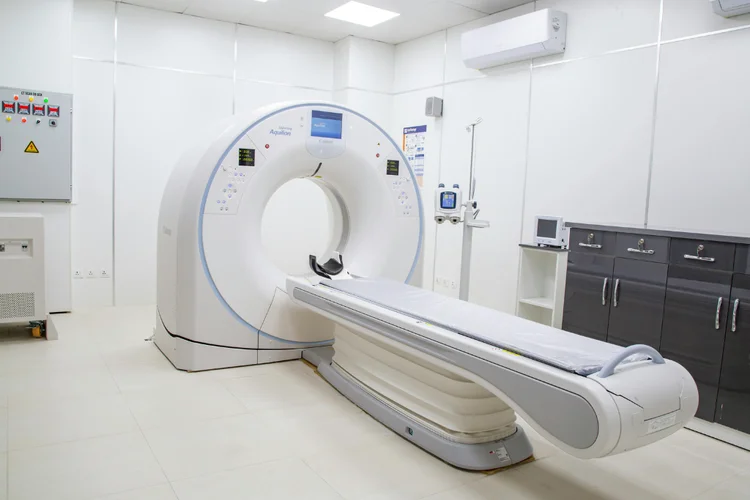
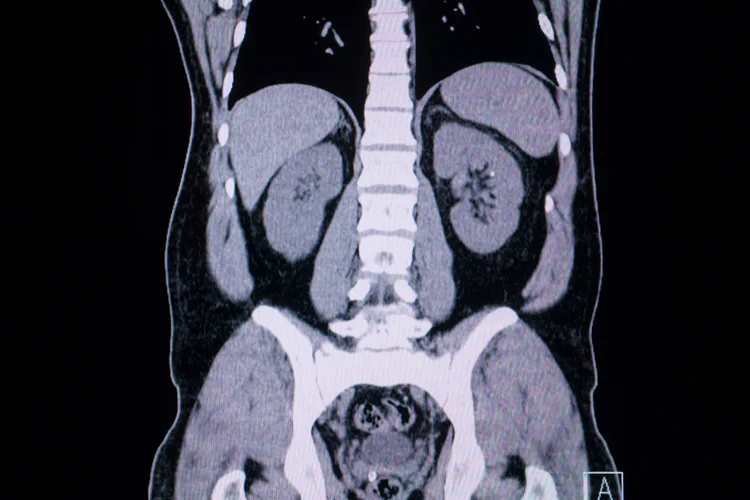
A CT scan works by using a rotating
X-ray beam and digital processing to capture multiple images from different
angles, which are then combined to provide detailed
cross-sectional views of the body.
These images offer a clearer view than standard X-rays, especially for detecting
injuries, infections, or abnormalities in bones and internal organs.
Because CT scans involve ionising radiation,
they are typically used when the diagnostic benefit outweighs the associated risk.
The procedure is quick, usually completed within 10 minutes.
The CT scan procedure involves:
- Lying on a table that moves through a circular scanner. You will be asked to remove any metal objects beforehand.
- The scanner rotates around you to take X-ray images from multiple angles. You may be asked to hold your breath briefly to reduce motion blur.
In some cases, a contrast dye may be injected into a vein to improve the visibility of blood vessels, organs, or abnormal tissue within the scanned area.
What Is a MRI Scan and How Does It Work?
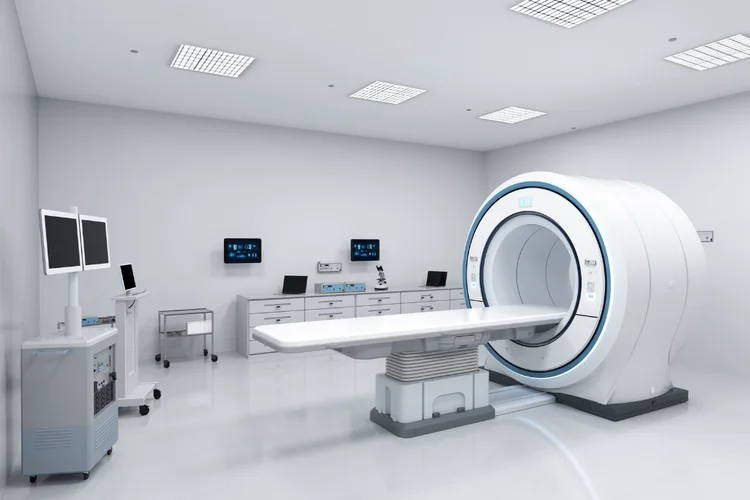

An MRI works by using a combination
of strong magnetic fields and radiofrequency waves to generate detailed images
of internal organs, soft tissues, and the nervous system.
Unlike CT scans, MRIs do not use ionising radiation, making them an ideal choice for
repeated imaging in certain patients.
The procedure takes longer, often lasting 30 to 60 minutes, and
involves lying still in a cylindrical scanner.
The MRI procedure involves:
- Lying on a table that slides into a tube-shaped scanner. You will be asked to remove any metal objects beforehand.
- The machine uses magnetic fields and radio waves to capture images. You must remain very still throughout the scan.
If contrast material is needed, it is usually injected into a vein to help differentiate between normal and abnormal tissues, such as tumours, inflammation, or blood supply to certain structures.
When Is a CT Scan Recommended?
A CT scan may be recommended for conditions involving bones, acute injuries, or when rapid imaging is necessary. It is especially useful for:
- Evaluating fractures and bone disorders
- Detecting internal bleeding or traumatic injuries
- Identifying tumours, infections, or blood clots
- Guiding biopsies and other image-assisted procedures
When Is an MRI Recommended?
An MRI is usually recommended when detailed images of soft tissues or the nervous system are needed. It is often used for:
- Diagnosing brain and spinal cord conditions
- Assessing joint and soft tissue injuries
- Evaluating pelvic and abdominal organs
- Monitoring tumours and tracking treatment response
Because of its ability to provide higher contrast resolution compared to CT, MRI is often preferred for complex conditions that require highly detailed anatomical imaging.
How Do You Prepare for a CT or MRI Scan?
Preparation for a CT or MRI scan depends on the type of scan and whether contrast
material is required.
For CT scans:
- You may be asked to fast for several hours before the scan, especially if intravenous contrast dye is required.
For MRI scans:
- Fasting is generally not required, even if contrast is used, unless specified by the imaging provider.
- Notify your provider if you have any metal implants, such as pacemakers, cochlear implants, or surgical clips. Also inform them if you are pregnant or experience claustrophobia.
For both scans:
- Let your doctor know if you have any kidney conditions or a history of contrast allergies, as this may affect your suitability for contrast use.
- Follow the specific instructions provided by your medical team to ensure a precise and safe imaging process.
What Are the Costs of CT and MRI Scans in Singapore?
CT scans are generally less costly than MRI scans in Singapore because of
differences in imaging technology, scan duration, and equipment requirements.
At ATA Medical, we are a one-stop centre offering CT scans, MRI, ultrasound, and
X-rays to support diagnosis and ongoing monitoring across various parts of the body.
Our prices are as follows:
| Test | Price* |
|---|---|
| Consultation | From $49.05 |
| CT Scans | |
| CT Calcium Score | $381.50 |
| CT Lung | $403.30 |
| CT Brain | $577.70 |
| CT Temporal Bone | $577.70 |
| CT Orbits | $577.70 |
| CT Facial Bones | $577.70 |
| CT Face | $577.70 |
| CT Sinus | From $256.15 |
| CT Neck | $577.70 |
| CT Thorax | From $577.70 |
| CT Abdomen | From $577.70 |
| CT Liver (with contrast) | $1122.70 |
| CT Pancreas (with contrast) | $1122.70 |
| CT Kidneys (with contrast) | $1122.70 |
| CT Pelvis | $577.70 |
| CT KUB (kidney, ureter and bladder) | $381.50 |
| CT Spine | From $577.70 |
| CT Abdomen & Pelvis (CTAP) | $1199 |
| CT Coronary Arteries (Includes Calcium Score) | $1329.80 |
| CT Coronary & Carotid Angiogram | $2299.90 |
| MRI | |
| Spine | From $1035.50 |
| Hand (per side) | $1035.50 |
| Wrist (per side) | $1035.50 |
| Forearm (per side) | $1035.50 |
| Elbow (per side) | $1035.50 |
| Shoulder (per side) | $1035.50 |
| Foot (per side) | $1035.50 |
| Knee (per side) | $1035.50 |
| Thigh / Femur (per side) | $1035.50 |
| Hip (per side) | $1035.50 |
| Pelvis | From $1449.70 |
| Brain | From $1068.20 |
| Stroke Screen (includes MRA, COW & Carotids) | $1177.20 |
| Neck / Nasopharynx / Oropharynx / Post Nasal Space | $1449.70 |
| Abdomen (Kidney, Liver, Pancreas, Gallbladder & Spleen) | $1471.50 |
| Rectum (with contrast) | $1471.50 |
| Ultrasound | |
| Ultrasound | From $43.60 |
| X-ray | |
| X-ray | From $49.05 |
Diagnostic
imaging used to diagnose or treat medical conditions for yourself or your
dependents is MediSave claimable, up to a limit of $300 per year. This
does not apply to plain X-rays or scans that are claimable under other MediSave
schemes, such as those for chronic conditions under the Chronic Disease
Management Programme or for cancer treatment.
If you are looking for a more comprehensive assessment of your health, you may wish
to consider
our health screening packages, which can include a range of diagnostic
scans.
Why Choose ATA Medical?

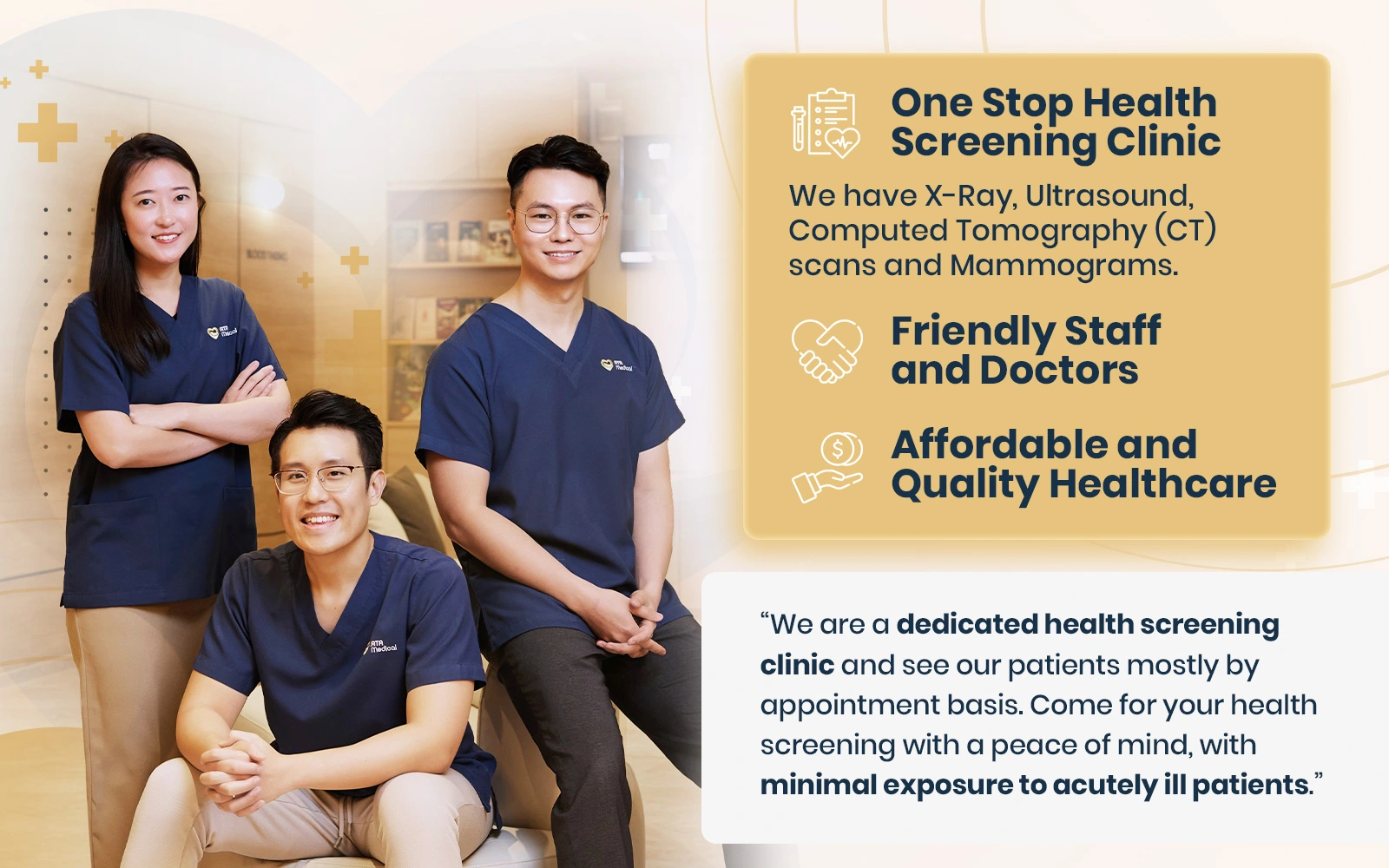


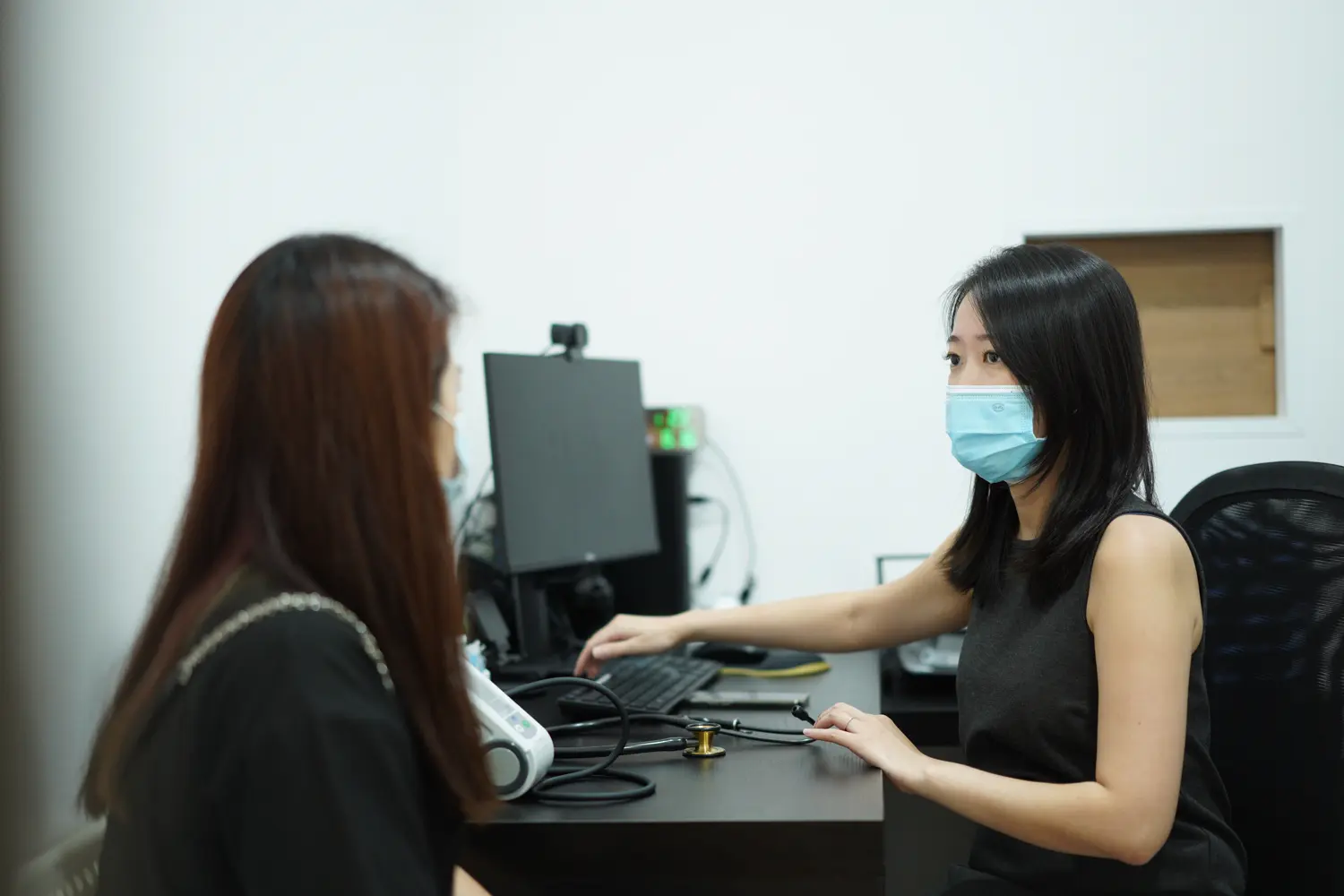
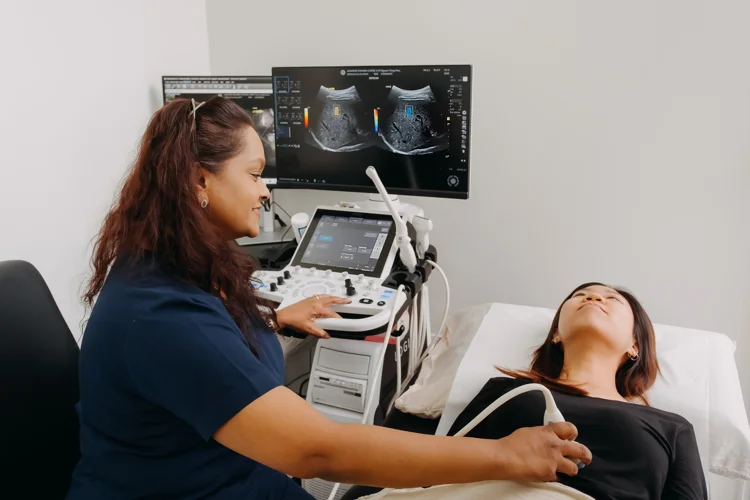
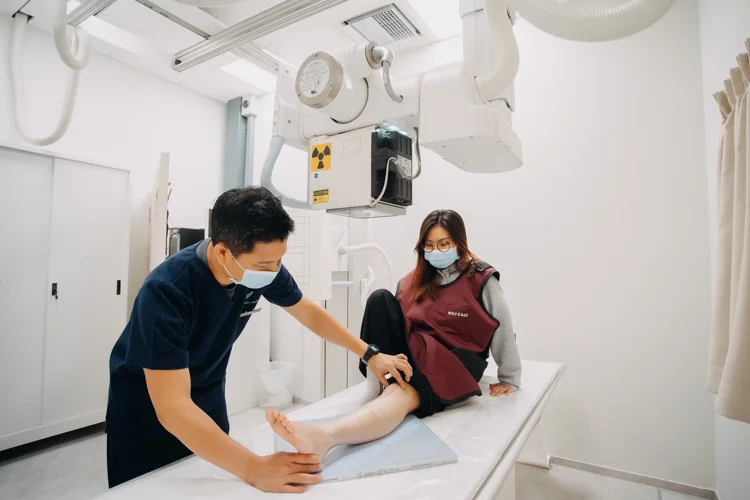

Making a Difference Together
At ATA Medical, we strive to make a meaningful impact on every patient's health. With over 120,000 patients served, we are dedicated to fostering trust and enhancing well-being across our community.
Patients
Health Screening Tests
Corporate Screenings
Delivering Care Patients Appreciate
What to Expect
FAST RESULTS
We strive to deliver your results within 7 working days.
MINIMUM WAITING TIME
Our patient-oriented processes ensure your waiting time is kept to a minimum.
Friendly Service
Service is a top priority for us at ATA Medical.
Email Us at camden@atamed.sg
for More Information.
Book Your Health Screening With Us at 88838892.
